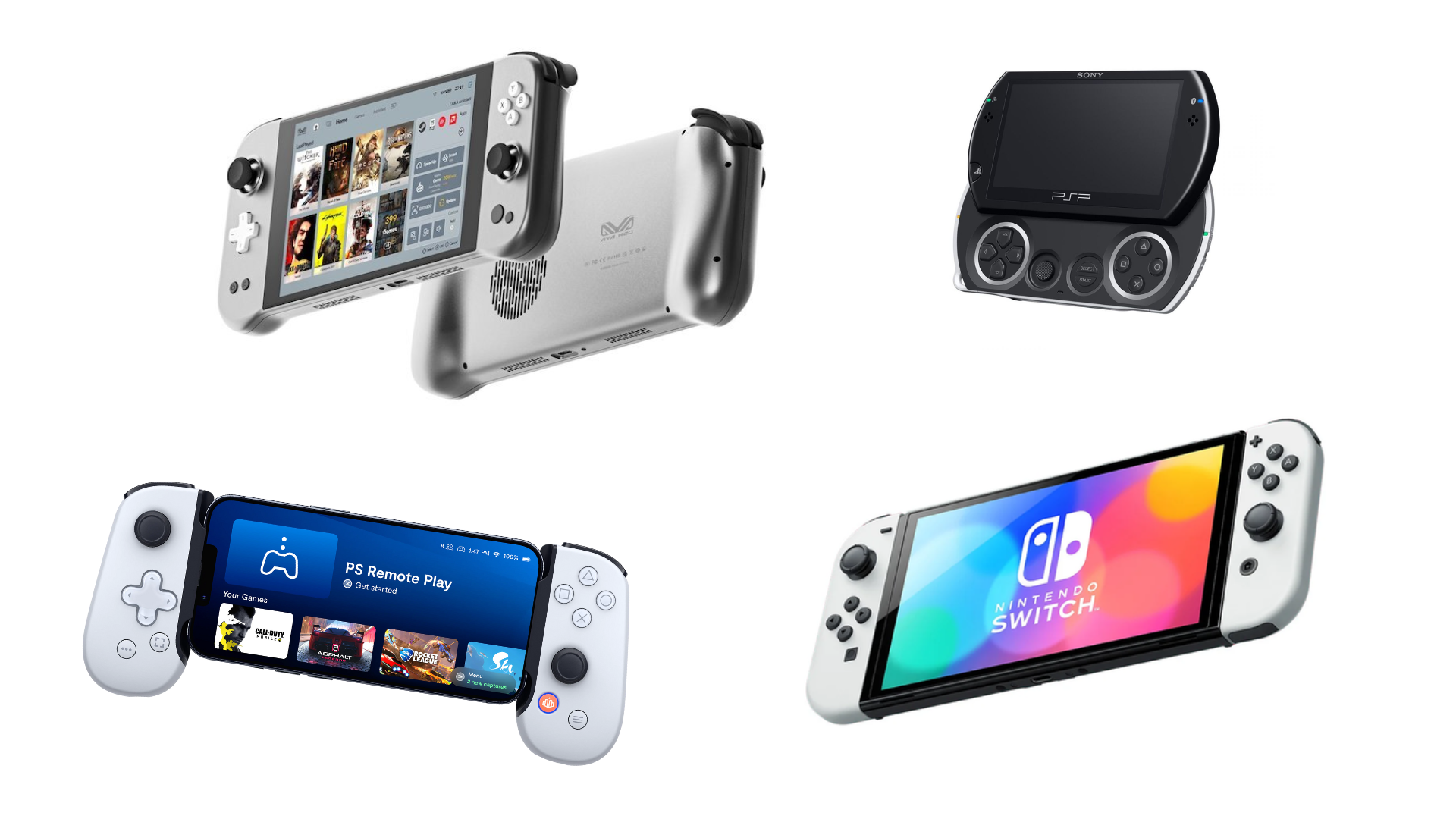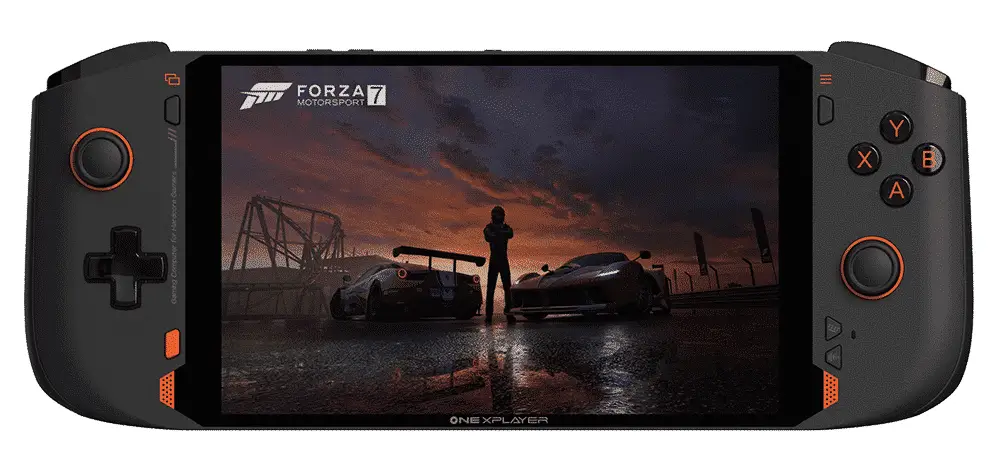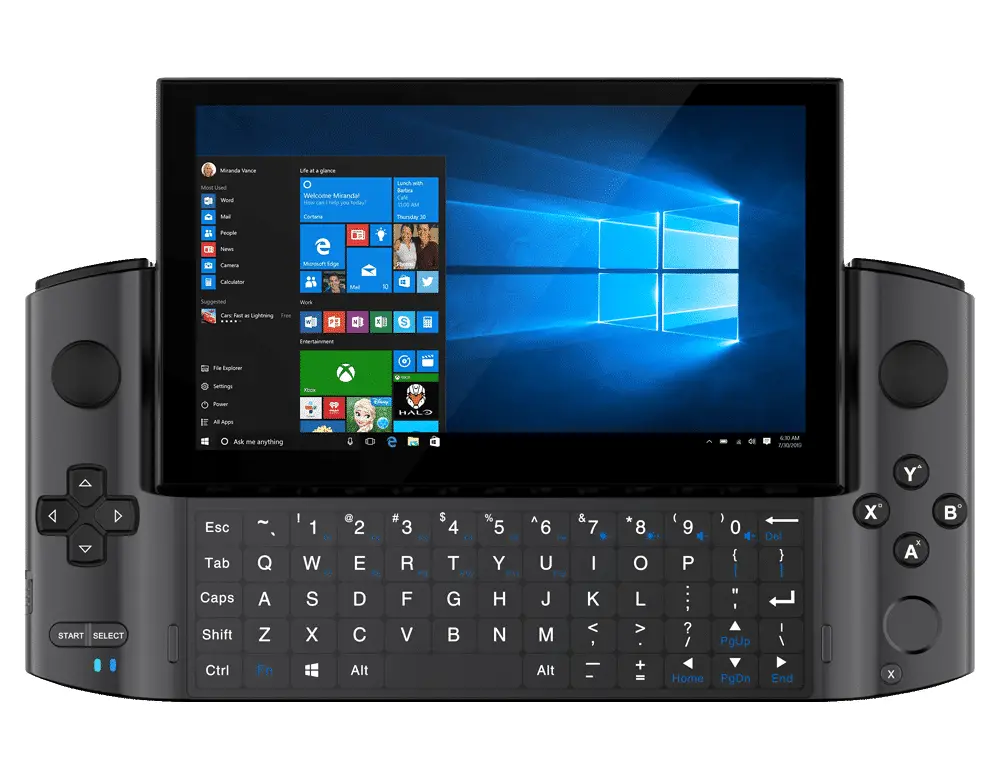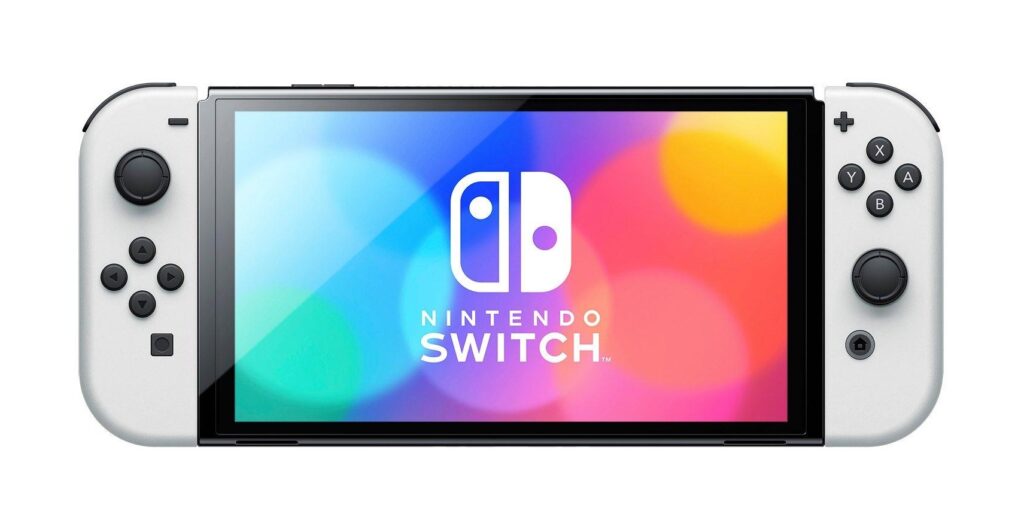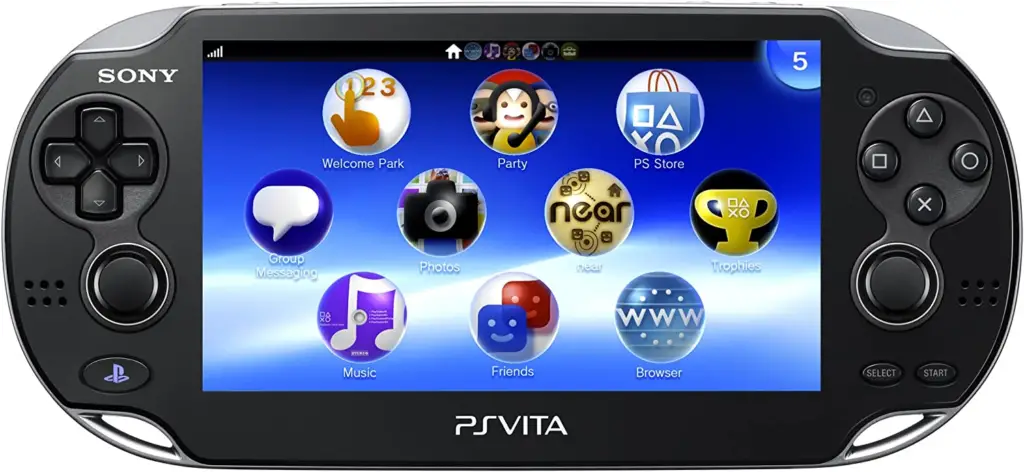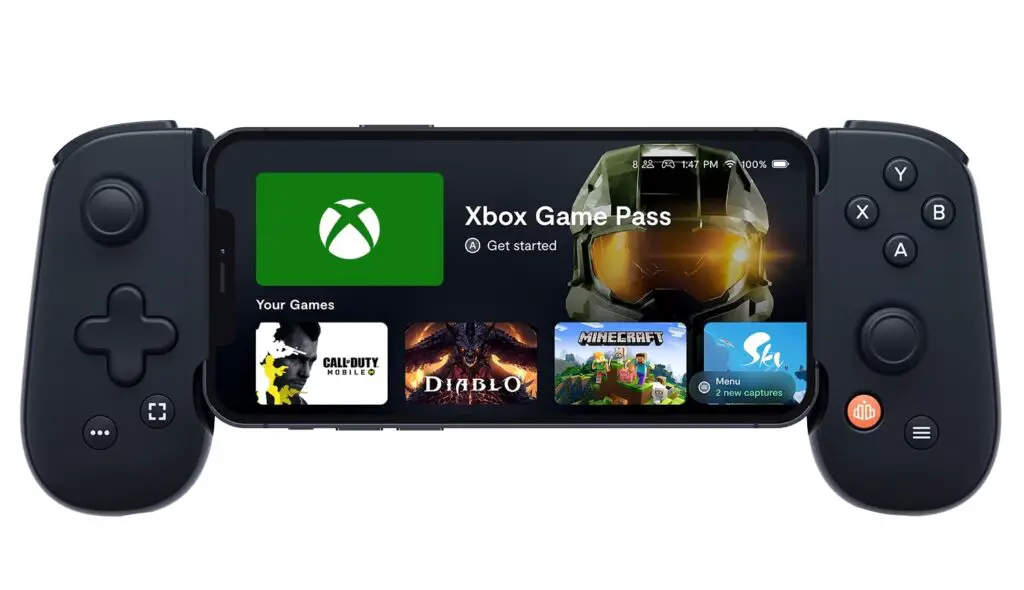If you find that Valve’s latest and greatest device is too expensive or too bulky for you, here are several Steam Deck alternatives.
The Steam Deck isn’t the only game in town to do what it does. There are, and have been, many other large-screen gaming handhelds with side-attached controllers to deliver the power of modern graphics and performance.
Beginning at $399, Valve’s latest flagship device is a truly impressive handheld PC for gaming. Unfortunately, preorders have been backed up for over six months, and given the ongoing supply shortage, placing an order now will require you to wait even longer.
Some of the following products are more expensive, yet others are cheaper. Find what works best for you and your individual gaming needs.
ASUS Rog Ally

With an exceptional Zen 4-based AMD APU and a 120Hz display, the ASUS Rog Ally is a prime contender for the Steam Deck. By running Windows 11 out of the box, it theoretically supports any game compatible with the OS. The 1080p display delivers quality visuals at smooth frames in an ergonomic design.
However, the lack of a dedicated UI as seen with Valve’s Steam OS along with the need to run a lot of games at the lower 720p to achieve better performance means that the Steam Deck is arguably better.
Aya Neo Next Advance
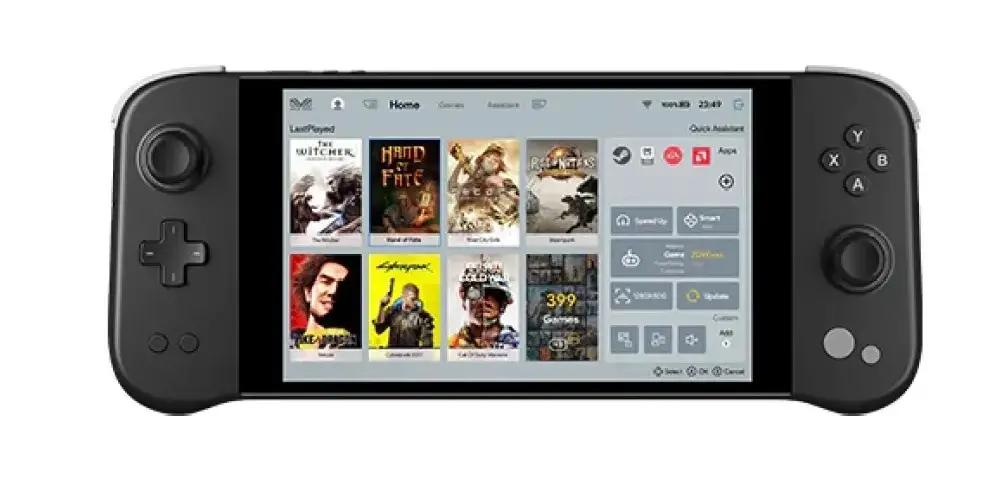
If you’re looking for a full-fledged Windows gaming PC in a handheld format with better hardware, check out the Aya Neo Next Advance. Their hardware is even more defined than the custom AMD processors found in the Steam Deck.
The Aya Neo Next Advance includes an AMD Ryzen 7 5800U CPU, a 2 GHz AMD Vega 8 GPU, LPDDR4 RAM with a capacity of 16GB, and, most importantly, a massive 2TB of SSD space.
Its 7-inch touch screen is packed with a 1280×800 resolution, along with all the standard buttons you need for such type of device. In terms of its computational capacity, the Ryzen 7 is superior to the Zen 2 CPU found in the Steam Deck, but the graphical capacity of the Vega pales in comparison to the RDNA 2 GPU.
This is the highest-caliber competitor to the Steam Deck you’re likely to find on the market. Expect to pay a good chunk beyond $1000 to have this device.
Logitech G Cloud
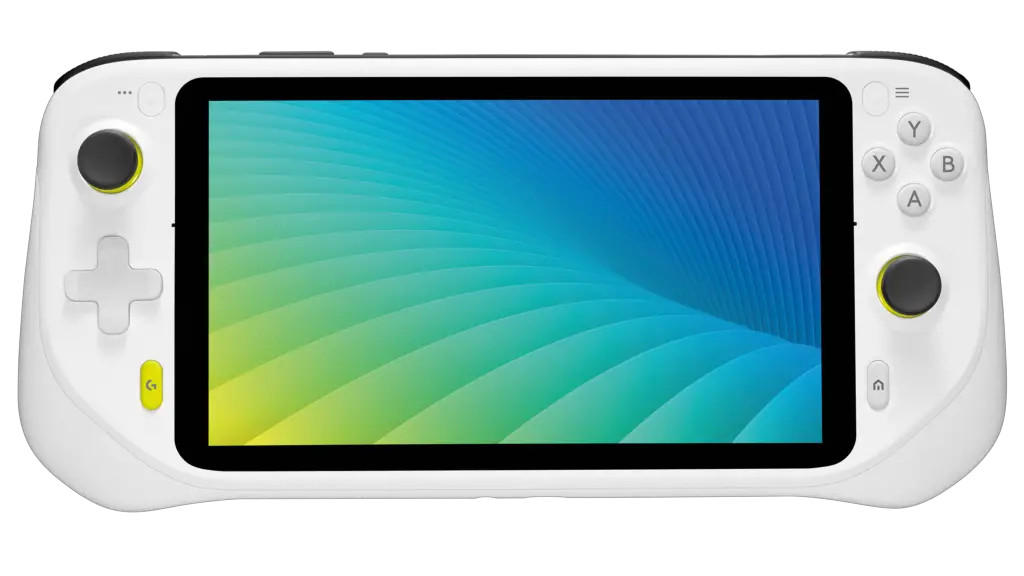
The Logitech G Cloud is already $50 off its original budget-friendly price of $350. It is a small handheld gaming device running Android and allows you to stream video games directly to the screen.
It works for titles across most platforms with some tinkering and is a lightweight, simple way to play virtually anything you want.
This device has a 7-inch 1920×1080 FHD screen and a 2.3Ghz Qualcomm Snapdragon Octa-Core 720G CPU. Users will be happy to know the screen is multi-touch enabled.
OneXPlayer Mini
For premium performance, look no further than the OneXPlayer Mini. It may be bulkier than even the Steam Deck, but it boasts an outstanding 7-inch 1920×1200 touch-accessible screen. The OneXPlayer, its big brother, has an 8-inch screen at 2560×1600 resolution.
The Mini is equipped with an Intel Core i7-119G57 CPU and comes pre-installed with Windows 11 for exceptional power. Unfortunately, this device is high-end, and you’ll be paying double what you would for a top-tier Steam Deck to have the same storage capacity of 512GB.
GPD Win 3
There was a time when phones had sliding keyboards. BlackBerry skipped the trend entirely, but that was their preference. Sony was inspired by this idea when they invented the PSP Go, a slimmer alternative to the original PlayStation Portable.
Now, many years later, to capitalize on an age-old trend, we finally have the GPD Win 3. This device takes the basic layout in the Steam Deck and Switch but includes a handy QWERTY keyboard, so you can type away when necessary.
It’s smaller than the Steam Deck, with a 5.5-inch touch-screen that offers a 1280×720 resolution. Furthermore, the integrated graphics are Intel Iris 12, which is comparably weaker than the RDNA 2 GPU found in the Steam Deck.
However, it comes bundled with a 1 TB SDDR, LDDR4AM at 16GB capacity, and a CPU Intel Core i7 1195G7.
Nintendo Switch
Of all the available alternatives to the Steam Deck, the most easily accessible and, in our opinion, the best option, includes the Nintendo Switch.
Nobody quite nailed the all-in-one video game console like this magnificent device that became available worldwide in March 2017.
In response to the struggling lifespan of the Wii U, Nintendo created a device that would provide gamers with the ability to have a portable screen with detachable controllers, called Joy-Cons, on each of the two sides.
Furthermore, it can output to HDMI when placed in a dock, and over time, Nintendo has slowly been adding support for dozens of legacy titles for their old systems through Switch Online.
However, unlike the Steam Deck, the Nintendo Switch lags far behind in terms of overall performance. Inside the Switch is an NVIDIA Tegra X1 processor that is more than five years old, while the Steam Deck packs a Zen 2 SoC.
The Switch is also not a gaming PC. It operates on a proprietary ecosystem, library, and interface that does not compare to the Linux-based OS on the Steam Deck.
Lastly, the Switch is designed to run highly optimized first-party exclusive games you cannot access elsewhere. Still, it has a quality array of indie titles.
PlayStation Vita
What was once far ahead of its time, and managed to have a small but very impressive library of timed-exclusive games, was the short-lived PlayStation Vita.
Unfortunately, Sony never provided the support for it that was necessary to compete with the far more popular 3DS and growing trend of mobile gaming, despite integrating the ability to play PlayStation titles from every area remotely.
Backbone
For a final alternative at the lowest possible cost, consider investing in the Backbone. This device provides a controller sleeve with buttons and joysticks to use on your iPhone as input. Of course, you can still use Touch to browse menus if you need to access something specific.
Backbone is a startup tech company founded by former Google engineer Maneet Khaira, who has since formed partnerships with both NVIDIA and Microsoft to connect the functionality of the controller with streaming technology.
Even the latest and greatest smartphones cannot match the power of traditional consoles, especially PCs, Steam Decks, and most Steam Deck alternatives.
So instead, the Backbone allows your iPhone to stream AAA games directly with both the Xbox Game Pass and NVIDIA GeForce Now. This opens up a massive library of potential games to play that you would not otherwise be able to access through a download on the App Store.

